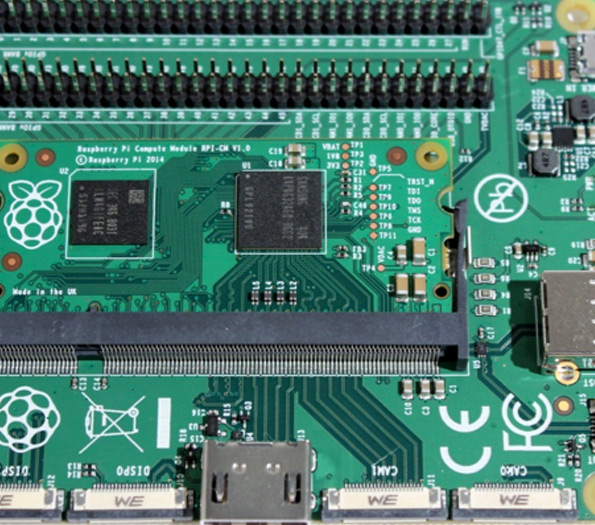

Types of Float Glass
Float glass is a type of glass that is primarily utilized in the construction and automotive industries due to its clarity, smoothness, and versatility. This glass is manufactured through the float glass process, which involves floating molten glass on top of molten tin, resulting in a uniform thickness and a flawless finish. This article delves into various types of float glass, detailing their characteristics, applications, and benefits.
1. Annealed Float Glass
Annealed float glass is the most basic form of float glass. It is produced by cooling the glass slowly and uniformly in a controlled environment. This gradual cooling process allows for the release of internal stresses, making the glass more stable and less prone to breakage. Annealed glass is commonly used for windows and interior applications where safety and thermal performance are not critical concerns. Its excellent optical clarity and affordability make it an attractive option for many residential and commercial buildings.
2
. Tempered Float GlassTempered float glass undergoes a heating and cooling process that significantly enhances its strength compared to annealed glass. This process entails heating the glass to over 600 degrees Celsius and then rapidly cooling it. The result is a product that is about five to six times stronger than standard float glass. If shattered, tempered glass breaks into small, blunt pieces rather than sharp shards, making it a safer option. This type of glass is commonly used in shower enclosures, glass doors, facades, and other applications requiring enhanced safety and strength.
3. Laminated Float Glass
Laminated float glass consists of two or more layers of float glass that are bonded together with a plastic interlayer, typically polyvinyl butyral (PVB). This type of float glass is renowned for its safety features, as the interlayer holds the glass fragments together if shattered, preventing them from falling. Laminated glass also provides sound insulation and UV protection, making it a preferred choice for security applications like storefronts, skylights, and safety glass in vehicles. Furthermore, laminated glass can be produced in various colors and opacities, allowing for aesthetic flexibility.

4. Low-E Float Glass
Low emissivity (Low-E) float glass incorporates metal oxides that reflect heat while allowing light to pass through. This energy-efficient option is becoming increasingly popular for residential and commercial buildings, as it helps maintain indoor temperatures and reduce energy costs. Low-E glass is particularly useful in climates with extreme temperature variations, providing both comfort and efficiency. The glass is available in various types, such as soft-coat and hard-coat, each offering different performance characteristics.
5. Coated Float Glass
Coated float glass has a thin layer of material applied to its surface, enhancing its properties for specific applications. There are various coatings available, including reflective coatings, which can reduce glare and heat gain; anti-reflective coatings, which diminish reflection for better visibility; and self-cleaning coatings, which help maintain the cleanliness of glass surfaces by breaking down dirt and grime when exposed to sunlight. Coated float glass is widely used in architectural applications, particularly in modern buildings where aesthetics and performance are paramount.
6. Fire-Resistant Float Glass
Fire-resistant or fire-rated float glass is designed to withstand high temperatures and prevent the spread of flames in the event of a fire. This glass is often used in commercial buildings, such as office spaces, retail environments, and public buildings. Fire-rated glass must meet specific safety standards to ensure that it can endure for a certain period during a fire, maintaining a barrier to smoke and flame. Its aesthetic appeal, combined with safety features, makes it an essential component of modern building designs.
Conclusion
Float glass is a versatile material with a wide range of applications across various industries. Each type of float glass offers specific benefits tailored to meet the demands of different uses, from enhancing safety and energy efficiency to ensuring aesthetic appeal. As technology advances, the manufacturing processes and properties of float glass continue to improve, providing even greater possibilities for architects, builders, and designers. Whether for residential windows, commercial facades, or innovative design elements, float glass remains a foundational material in modern construction.